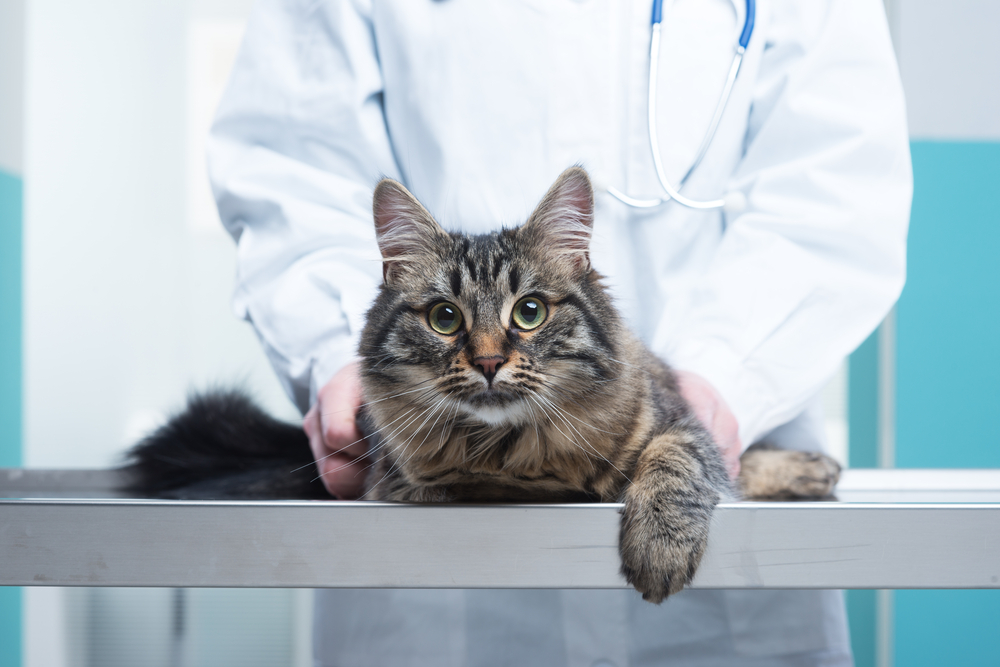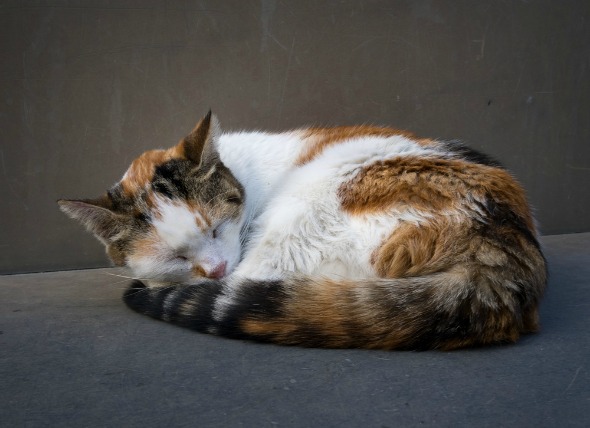

Gingivitis is considered the earliest stage of periodontal disease. This stage is reversible with proper care. It is indicated by inflammation of the gingiva, or gums. In the early phases of gingivitis, some plaque is present and there is a mild redness of the gums, but the gingival surfaces are smooth.
Dental calculus is calcium phosphate and carbonate mixed with organic matter. In advanced gingivitis there are plaque and calculus under the gums, moderate-to-severe redness of the gums and the gum surfaces are irregular. Plaque is the result of a collection of food, debris, bacteria, dead skin cells and mucous. It forms within 24 hours on clean tooth surfaces. The gum responds to plaque with inflammation of the gingival blood vessels, swelling of the gums, and collagen loss from the gums.
The gingival sulcus, or gum pocket, is the narrow space between the inner wall of the gum and the tooth. As gingivitis develops, the bacteria present in these pockets changes, releasing toxins which destroy the gingival tissue.
More than 80 percent of pets three years or older develop some form of gingivitis.
Plaque Accumulation is one of the main causes leading to gingivitis in both cats and dogs. Predisposing factors include:
Your veterinarian will perform a thorough physical exam on your cat, taking into account the background history of symptoms and possible conditions that might have led to this condition. You will need to give a thorough history of your cat's health and onset of symptoms, such as when the bad breath began, what your cat typically eats, whether your cat has had trouble eating/chewing, and whether your cat has had any previous health conditions. The routine you have been using to keep your cat's teeth clean, if you have been using one, should be shared with your veterinarian as well, including the products you use.
Part of the physical exam involves closely examining your cat's mouth to identify the condition. Your veterinarian will then make an appointment with you to bring your cat in for a dental exam. During the dental exam, your cat will be anesthetized. Your veterinarian will check the depth of the gum pockets, the amount of plaque and bacteria on the surface of the teeth, and will pull any teeth that are rotten or that are too crowded. All of the plaque and calculus will be removed using a scaling process that is done with special dental equipment, and if necessary, root planning. The tooth surfaces will be polished and the teeth will be reexamined after cleaning.
If the teeth are overcrowded or if baby teeth are present in your adult aged cat, your veterinarian may remove some of the baby (deciduous) teeth. Your veterinarian will teach you how to clean your cat's teeth, and will make appointments for follow-up examinations. The frequency of dental examinations and care will be dependent on the stage of periodontal disease your cat has been diagnosed with. It may be scheduled for once a year, or more is your cat has reached a more severe stage of disease.
You can help to maintain your cat's oral health care by brushing or rubbing (with a special finger pad) the teeth once a day or at least twice a week with a veterinary toothpaste. Your veterinarian may also give you a veterinary antibacterial solution to squirt on your cat's teeth to decrease plaque build-up. There may be some dietary supplements, specific foods or chew toys that can help to maintain dental health as well. Talk to your veterinarian about what is appropriate for your cat.
 Why a Siamese Cat Will Always be My Best Friend
A Siamese cat will let you be their best friend.But the
Why a Siamese Cat Will Always be My Best Friend
A Siamese cat will let you be their best friend.But the
 Skin Cancer (Squamous Cell Carcinoma) in Cats
Cutaneous Squamous Cell Carcinoma in Cats
The epi
Skin Cancer (Squamous Cell Carcinoma) in Cats
Cutaneous Squamous Cell Carcinoma in Cats
The epi
 Fungal Disease (Sporotrichosis) of the Skin in Cats
Sporotrichosis in Cats
Sporothrix schenckii is a
Fungal Disease (Sporotrichosis) of the Skin in Cats
Sporotrichosis in Cats
Sporothrix schenckii is a
 Abdominal Cavity Inflammation in Cats
Peritonitis in Cats
The abdominal cavity is lined
Abdominal Cavity Inflammation in Cats
Peritonitis in Cats
The abdominal cavity is lined
 How to Repel Cats With Citrus
How to Repel Cats With Citrus
How to R
How to Repel Cats With Citrus
How to Repel Cats With Citrus
How to R
Copyright © 2005-2016 Pet Information All Rights Reserved
Contact us: www162date@outlook.com